You just bought a washing machine for your laundry, and you learned that you should vent its drain pipe to avoid flooding. Now you want to do this, but you don't know how to vent a drain pipe. We did the research for you and we're here to give you the steps to vent a washing machine drain pipe.
Make sure the washing machine is not plugged in, then follow these steps:
- Locate the water inlet valve and connect it at the back of the washing machine with the red and blue cords.
- Using waterproof adhesive tape, attach the filter to the tip of the drain hose. This is usually included in the washing machine.
- Bend the tip of the drain hose into a U-shape, then hook it up to the drain hole beside the water inlet valve. The drain hole should then be connected to the main ventilation pipe.
- Install an AAV, or air admittance valve, on the drainage pipe to control the air pressure when you drain. Make sure it's four inches above the P-Trap level.
- Fill the washing machine with water. Turn it on, then drain to test it.
Venting its drain offers more convenient washing with minimal effort. In this article, you'll learn how to vent the washing machine drain pipe and find out more about other related issues. Continue reading!
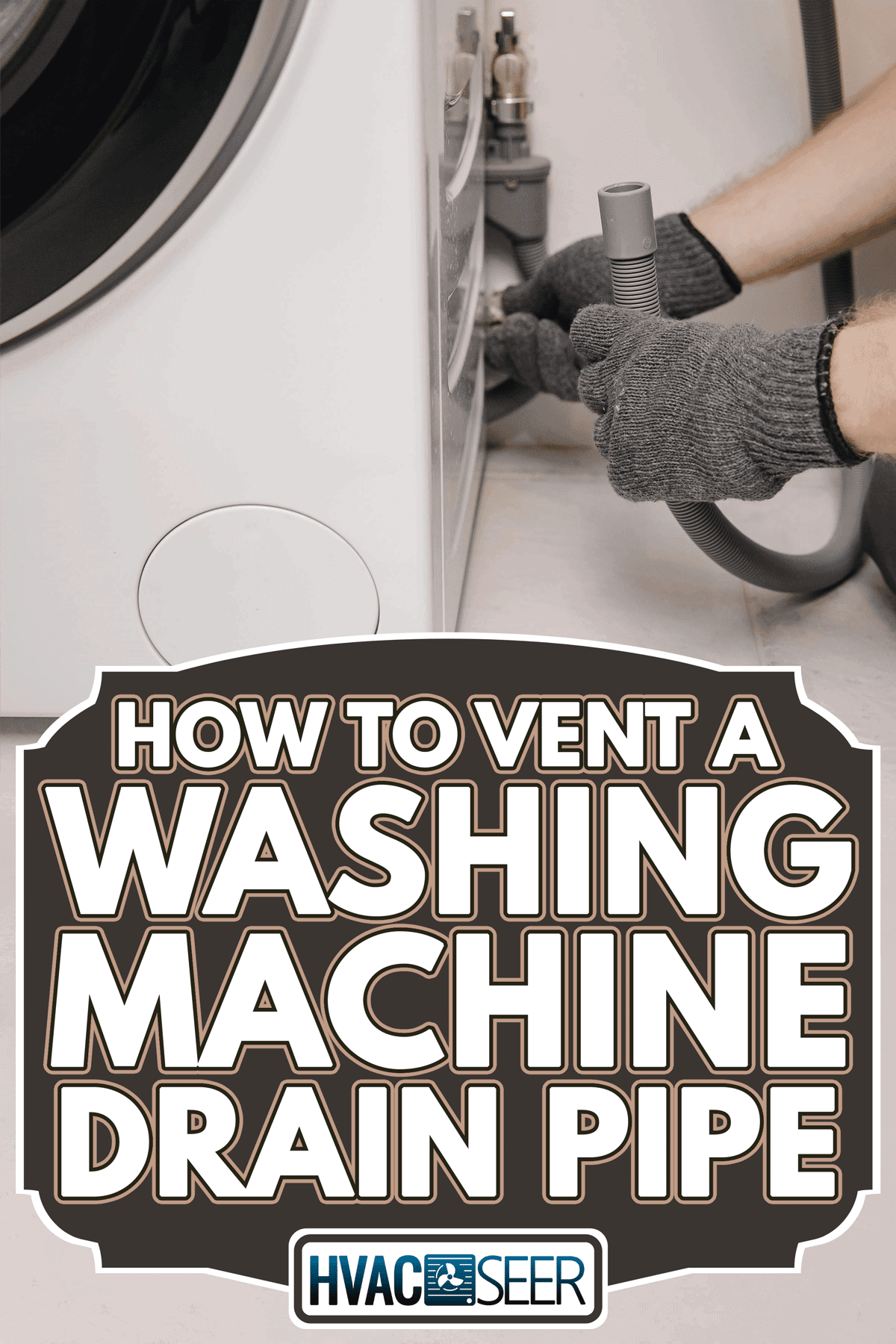
How Does A Vent Work?
A vent provides a passageway of air from one point to another. It directs the evaporation of liquid particles towards the outside of the laundry room and avoids filling the area with laundry odor.
Venting a drain pipe helps redirect the flow of water from the washing machine to the sewer system. Homebuilders install a vent to keep water from overflowing.
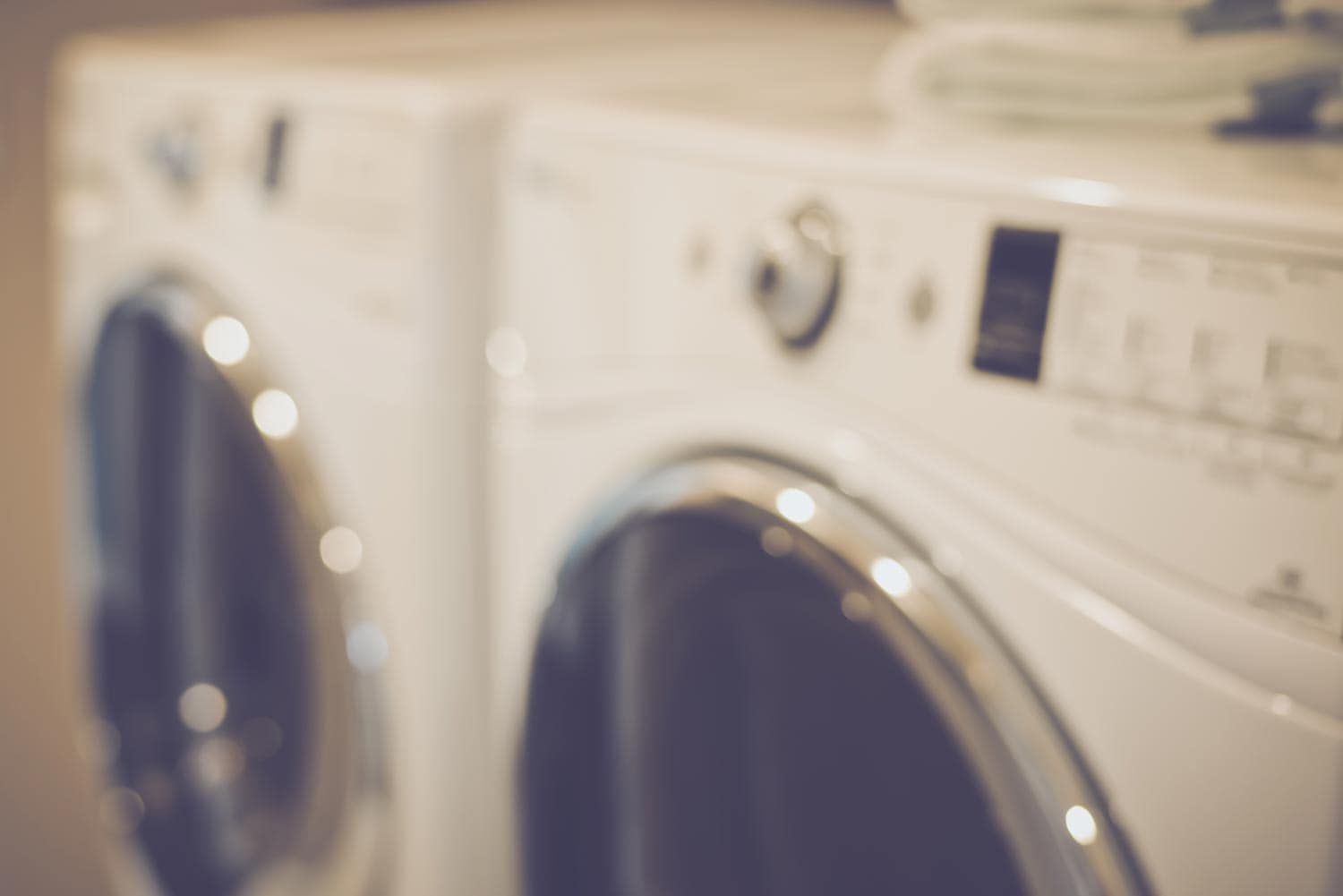
Is A Vent Necessary for My Washing Machine?
Yes, venting can help the laundry room minimize moisture and odor. A vent also reduces the need to clean the area after finishing the laundry. See the two major issues you may encounter if you refuse to vent the washing machine drain pipe below:
The Area Will Flood
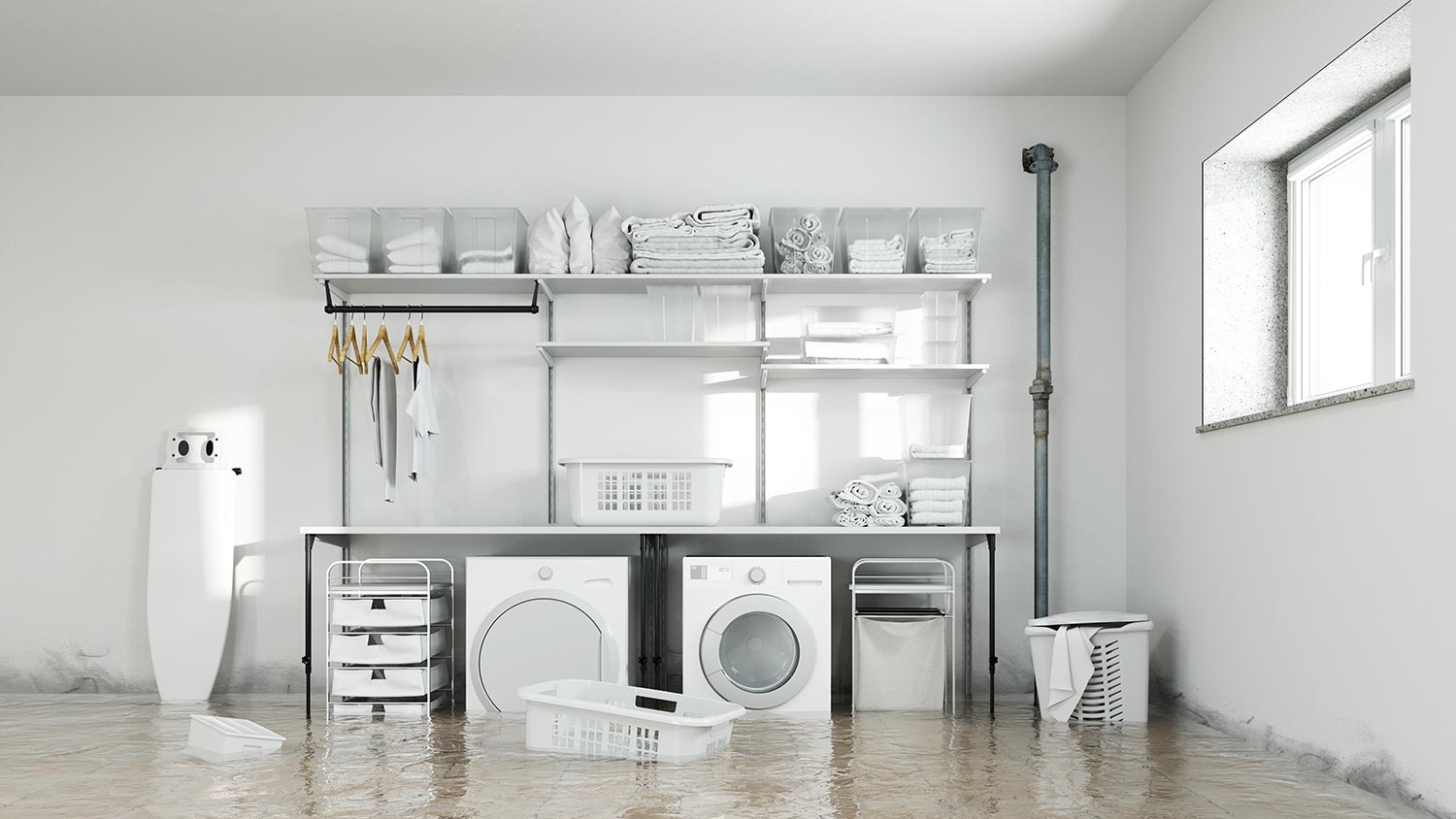
Venting is necessary to keep water from flooding the area. Without a vent, you'll have to drain the water directly into the main drainage down to the sewer.
You don't want the inconvenience of getting the floor soaked every time you do your laundry. You might end up having to mop and dry the floor afterward. Venting helps you avoid this inconvenience.
The Drain Will Emit A Foul Odor
If you don't vent the pipes, the drain may release an unpleasant odor that will be trapped in the room. Wastewater will evaporate due to natural heat and find a way out. If the vapor fails to escape, it will rise back to where the washing machine is located.
Other Tools Needed to Vent Washing Machine
Should you decide to vent the washing machine drain pipe, you'll need to prepare the tools needed for the job. Some of them are included upon purchase of the washing machine, while others have to be bought separately. Make sure to check the quality, size, and compatibility of each tool.
When venting a washing machine, it's also important to vent the dryer. These two come together when doing your laundry and sometimes share the same drain pipe depending on the manufacturer.
See the tools you'll need to vent the washing machine and the dryer below:
Air Admittance Valve (AAV)
The AAV can control the air pressure when you drain wastewater. It is usually installed above the P-Trap, which is responsible for trapping water and blocking the sewer gas.
Water Inlet Valve
The water inlet valve is designed to hold the hot and cold water until you release them by turning on the washing machine.
See this water inlet valve on Amazon.
Solenoid Valve
The water inlet valve is supported by another valve called a solenoid, which opens the barrier and transmits electricity. Once the valves are activated, you can control the water's temperature by switching between hot and cold on the washing machine's settings.
See this solenoid valve on Amazon.
Valve Hoses
The water inlet valve has two colored ports: blue for cold temperatures and red for hot temperatures. You need to connect the valve at the back of the washing machine with a valve hose of the same color. These hoses will be the passageway of water you'll need when washing.
See this hot and cold valve thread on Amazon.
Drain hose
A drain hose is literally the drainpipe of a washing machine. However, you can change it by installing a longer drain hose for convenience.
See this drain hose on Amazon.
Strip Locks
You'll need strip locks to keep the valve hoses, cords, and drain hoses stable. They may be detached by the washing machine's vibration. Strip locks are usually made of solid plastic.
See this cable strip lock on Amazon.
4-wire Dryer Cord
A 4-wire dryer cord is used to make the wires compatible when you plug it into the main electricity supply. It has four wires of different colors, such as black, white, red, and green.
These wires are responsible for the timer, sensor, and other functions. Washing machines require a significant amount of electric energy, so the 4-wire cord is designed to divide the voltage into low levels to avoid electric shock and fire.
See this 4-wire dryer cord on Amazon.
Ventilation Hose
Do not confuse the ventilation hose with the drain hose. The ventilation hose is for air, while the drain hose is for water. The ventilation hose directs the vapor out through the exit and keeps the pipes dry. It exhausts the air and moisture to help ease the drying process.
See this ventilation hose on Amazon.
How to Vent the Dryer Alone:
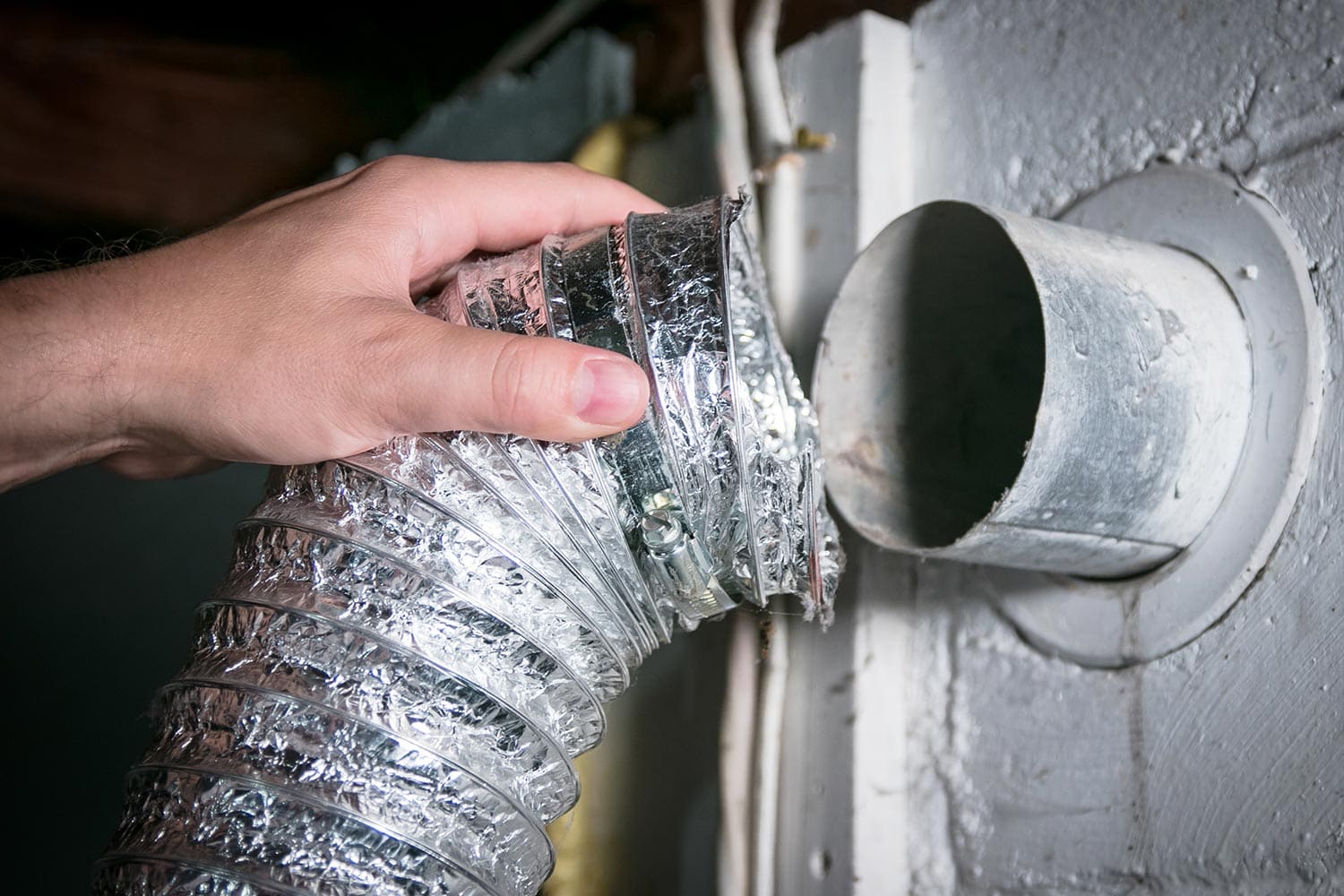
If the dryer is separate from the washing machine, you can vent it alone by following these steps:
- Turn off the dryer.
- Locate the vent hole, which is usually found along the lower back portion of the dryer.
- Install a ventilation hose connecting the dryer to the main vent.
- Install the 4-wire dryer cord by connecting the cables based on their colors.
- To test the dryer, use a wet fabric and drain it.
Do's and Don'ts When Venting Washing Machine Drain Pipe
Remember these guidelines when you vent the washing machine drain pipe. They can prevent issues that may arise during the process:
Do's:
- Clean the filter screen of the washing machine to prevent clogging. It's usually located where the drainage hose is attached.
- Place the washing machine on a plank at least three inches above the ground. This will help you avoid electric shocks when the floor is wet.
- Inspect the pipes for possible damage before doing your laundry.
- Cover the valves with a frame or box, so that children can't detach the hoses.
Don'ts:
- Don't drain the water if the vent is not in good condition.
- Don't use mismatched pipe sizes. Too narrow pipes can create hydraulic pressure, while too wide pipes can start a flood. It's recommended that the drainage pip be 3-6 inches wide.
- Don't do it without a professional's guidance to avoid major problems.
Where Should the Vent Go Through?
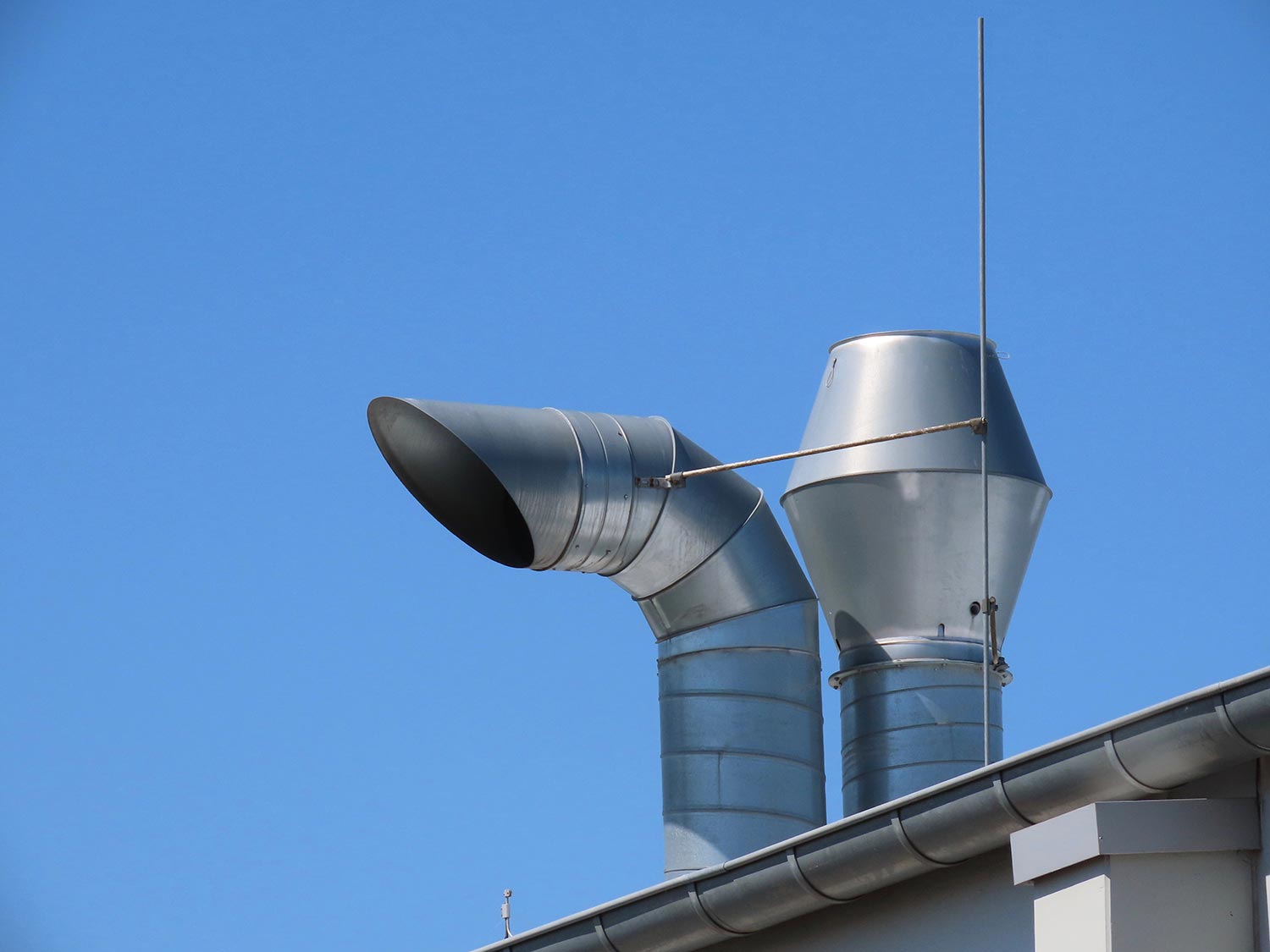
The main vent should connect all the way up to the roof or pass through an open space outside. Cover the end of the vent to block the rain from coming in, but leave a space for the air to pass.
The vent also helps the odor, which is caused by the evaporation of wastewater, to escape through the standpipe.
On the other side of the vent, the pipe will direct the water down the sewer every time you drain the washing machine.
The sewer is the place for liquid waste. All the pipes going down the drain are directed to the main sewer system shared with neighbors. Sewers are important to keep harmful chemicals from being inhaled by people.
How High Should the Vent Be?
The vent should range from 24 to 40 inches high. This is to ensure that the air pressure is in a controllable amount. The pressure from the evaporation of wastewater is needed to unclog the pipes.
How Long Does the Vent Last?
With proper installation, a vent can last for up to 12 years. You cannot avoid damage to the drain since it's designed for frequent use, but you can prolong its lifespan with proper care.
Conclusion
It's a good idea to vent the washing machine drain pipe to prevent flooding and other inconveniences. Always aim for quality installation to maximize the efficiency of the vent.
Check out our other articles here:








